Pollution researchers Steve and Deonie Allen often work together on one project for one salary, which they find gets the work done in the most effective way.Credit: Trace Ward/Zephyrs
Steve and Deonie ‘Dee’ Allen’s fates were sealed when their respective dogs, two kelpies, spotted each other from across a marina in Brisbane, Australia and became friends. The pair were living on boats three berths down from one another — and the rest, as they say, is history.
Twenty-two years later they are happily married, with one boat, two PhDs and parallel careers as microplastic-pollution researchers at Dalhousie University in Halifax, Canada, and the University of Birmingham, UK, respectively. The Allens, as many in the field will attest, are an infamous double-act, sharing work and hobbies, and travelling the world together for their sailing hobby and for research. They literally finish each other’s sentences — and e-mails — and they are indubitable proof that yes, it really is possible to work with a romantic partner without growing to despise them.
In the Allens’ case, Steve says, “It means we are a complete mobile research unit.”
The power of two
Romantic duos are by no means uncommon in science. A 2008 study by researchers at Stanford University in California suggests that around 40% of women and 34% of men in academia are in a partnership with fellow academics1. Among scientists, 83% of women and 54% of men in academic couples are partnered with another scientist1.
There are clear benefits: a support system and a shared understanding of all work’s stresses, including the highs and lows of a career in science, are implicit. And couples who collaborate report higher productivity levels2. “The fact we share the same project goals and workload allows each of us the chance to explore new methods or equipment while the work progresses, which is priceless in order to keep up with the field,” says Steve Allen.
When the COVID-19 pandemic hit in 2020, Justine Ammendolia and Jackie Saturno were able to turn a period of travel restrictions and cancelled plans into a creative, collaborative project. Stuck at home in Toronto, Canada, Ammendolia and Saturno, both environmental scientists, quickly noticed the growing number of face masks littered around the community. “It became our weird idea of a date night, walking around the community picking up garbage,” jokes Saturno, who is currently a network manager at an eco-forestry programme in Halifax, Canada, called the Family Forest Network.
Environmental scientists Justine Ammendolia (left) and Jackie Saturno work together on a research project to monitor plastic waste in Halifax, Canada.Credit: Justine Ammendolia and Jackie Saturno
The couple hatched a plan to monitor plastic waste in the area, turning it into research. “It began as a grass-roots, informal project, but we eventually picked up funding dollars,” says Ammendolia, a PhD student at Dalhousie University. From there, they started a consultancy company and were contracted by the federal government to produce a report on the scale of the issue3.
Ammendolia and Saturno met as undergraduates at the University of Guelph in Canada, around 12 years ago, and have worked together in both official and unofficial capacities ever since. “Our strengths play off each other,” says Ammendolia. “Scientifically, we’re pretty streamlined. Emotionally, we balance each other: Jackie is more laid back, calm and collected, and I will admit to being a bit of a firecracker.”
Key to their success in working together, Saturno thinks, is a willingness to “put egos to one side”. “Otherwise, things can unravel,” she says. “We’re always checking each other’s balances, but in a respectful way. We like to make sure that we have a sound project and we’re not just each other’s ‘yes’ person.”
Two bodies, one goal
Like many couples in science, Meaghan Creed and Alexxai Kravitz met at a conference. Both are now associate professors at Washington University School of Medicine in St. Louis, Missouri. “We were in the same scientific circles and interested in similar research questions,” says Creed. “It was great to meet someone who thought and cared deeply about the same questions that I spent a significant proportion of my time thinking and caring about.”
‘Trailing spouses’ and ‘two body’ problems: how to move labs as a scientist couple
In 2019, the couple were recruited to the same institution, and their laboratories are now adjacent. As a result, they frequently undertake collaborative projects, and they share a lab manager and meeting schedule.
Getting to this secure point in their careers wasn’t easy, however. When applying for positions early on, Creed says, she was advised to keep quiet about the ‘two-body problem’ in interviews and wait until she had been offered a job to disclose that her partner is also an academic.
“This is great advice, but didn’t work for us, and just led to a lot of disappointment and frustration,” she says. Creed and Kravitz were seeking two tenure-track positions, and many public institutions couldn’t offer a second such position without a lengthy approval process. It would also require an institution to conduct another full candidate search.
Although Kravitz was willing to take a step back from the tenure track to maximize the likelihood of them finding two jobs together, “that ended up not being necessary”, says Creed. On reflection, she thinks “it helps to be flexible and to emphasize the value you bring together”. “I think we got lucky,” Kravitz adds.
Luck, in many cases, seems highly dependent on the attitudes of those doing the hiring. When Creed and Kravitz were looking for job opportunities in the same city, the dean of Washington University School of Medicine heard through word of mouth that the couple were ideally looking for a career ‘package deal’. “He saw the opportunity to make two great hires for two open positions in different departments,” says Creed. “There are at least five other couples in our research sphere here at Washington University, so I think the institute sees attracting scientific couples as a strength.” But not many institutions take such a proactive approach.
One scientist couple’s five suggestions to solve the ‘two body problem’
The two-body problem comes with well-documented challenges. For one, finding the right position in the right location can be twice as difficult when you share a speciality and are effectively competing with your own partner for roles. “Scientific funding does not typically support couples working together,” says Dee Allen. “Because we are so close in our subject matter, there’s normally only ever one job going, not two.”
The Allens’ solution has been to pitch themselves to prospective employers or grant funders as a two-for-one package that produces what they think equates to the work of three people, owing to the long hours they rack up together, with inevitable late-night and early-morning brainstorming sessions.
The result is that they will often end up working together on one project for one salary — something they don’t necessarily recommend to others. “But it works for us,” says Dee. “It’s also much more fun researching together and allows us to get the work done in the most effective way.”
At the Yale School of Medicine’s Cardiovascular Research Center in New Haven, Connecticut, five pairs of spouses work together across adjoining labs run by John Hwa and Kathleen Martin, who is a co-director of the centre. The phenomenon started a decade ago, when Martin and Hwa — who have been married for 28 years and colleagues for 23 — made the decision to hire their postdoc’s wife alongside him, in a bid to save the couple from moving elsewhere for work.
Martin and Hwa’s first couple hire fared so well that they extended similar offers to other couples whenever the opportunity arose. “When couples are able to work together in the same department or even lab, it helps to ensure the success of both individuals,” says Martin. “In addition to reading and providing feedback on one another’s work, we can also provide support in the face of stressful deadlines, challenging critiques or other work-related issues.”
Kathleen Martin and John Hwa’s research groups include five pairs of spouses working together across adjoining labs at Yale University in New Haven, Connecticut.Credit: Vivian Gu
Research suggests that hiring couples brings clear advantages: offering dual positions can help to attract star talent, compensate for jobs being in less desirable locations and, importantly, help labs to attract a diverse pool of faculty members2.
In the 2008 study1, Stanford University researchers concluded that failure to accommodate couples at an institution can lead to avoidable recruitment challenges. In a survey as part of the study, 88% of respondents who were hired as part of a couple said they would have gone elsewhere if their partner had not also been taken on.
Challenging assumptions
The often-precarious nature of academia is one reason partners should be prepared to stay flexible. When Ammendolia received opportunities to study in Greenland in 2014 and on the remote Fogo Island off the coast of Newfoundland in Canada in 2016, her relationship with Saturno was tested: “I was really surprised when Jackie said she would wait for me,” she says. Now, the couple agree it goes without saying they would support each other from a distance once again if the right job came up.
As a queer couple, Ammendolia and Saturno say they feel fortunate to live in Canada where rights for LGBT+ people (those from sexual and gender minorities) are protected and people are welcoming, on the whole. When travelling to less tolerant countries or regions, however, Saturno notes: “It’s unfortunate but we have to present as straight best friends, just because it’s safer and we don’t know how we would be perceived otherwise.”
“It’s a constant dance of figuring out who you’re with, what the landscape looks like and what the social norms are there,” Ammendolia adds. “Just because you’re in a progressive country doesn’t mean everyone holds those values.”
It’s clear that more could be done to protect queer academics and other people from under-represented groups when conducting fieldwork, says Saturno. “When you’re sent out to do fieldwork, there’s no university guidebook or safety protocol that’s handed to you to advise how to survive that. We do hear comments, and often worry about safety. A lot of it’s up to your intuitive nature to figure out.” She would like to see universities implement formal guidance for safety protocols as a first step towards helping LGBT+ researchers to navigate fieldwork in challenging or unfamiliar places.
One couple, two cities: How to handle an international career move
Saturno and Ammendolia have learnt from their own experiences of vulnerability, and say this has made them more sensitive and empathetic towards research participants when conducting social-science studies in the field. “It encourages us to think about the things we’re asking of people,” says Ammendolia. For example, “what benefits does this project have, and what betterment are we bringing to the world? Does it risk bringing harm to the communities we’re working with? These are important questions to keep asking ourselves.”
The fact that the Allens work together so closely makes it more obvious when discrimination and sexism rear their heads. “Because Steve is a white, older male, everybody assumes that he’s my boss or my professor,” says Dee, who is a younger, petite, white woman, and is often mistakenly assumed to be less experienced. At times when Steve says he can “get on [with a project] without anyone questioning me”, Dee is asked to “fill in every single form going”. Steve is frequently paid more than Dee and given the benefit of the doubt.
“We battle it wherever possible and do our best to be strong advocates for getting women and other under-represented groups heard in science,” says Dee.
Betting on boundaries
Many people agree that retaining a level of independence in any partnership is crucial: “Don’t be competitive with each other or so collaborative to the point of poorly integrating or not having bandwidth to collaborate with others,” warns Creed.
It would be easy to advise couples to separate their work and home life, by putting a ban on science chat at the dinner table, for instance. But every scientist who is passionate about their subject knows that’s a hollow goal.
“We talk about work a lot,” admits Creed, but she views this as a positive. “Our talk at home is more about the science itself, which we love. It’s the reason we got into these jobs, but it can get easily pushed to the back-burner during the workday by other responsibilities.”
Having adjacent labs does make taking lunch breaks together easy, she adds. “It sounds silly, but it’s a built-in face time where we’re not running around multitasking.”
Debriefing with a partner at home about the day’s work can be a fun stress reliever, Creed says. Fortunately, there’s an adjudicator on hand if it gets too much: “Our three-year-old daughter is becoming much more opinionated and will put her hand over our mouths and implore us to ‘Stop talking about that!’ — which helps.”
Martin says that when worries or scientific inspiration strike after hours, it’s advantageous to have a colleague at the ready. “But it’s a balancing act to make sure that there are also work-free times to focus on our family and each other,” she says. “We probably have less separation between work and home than couples who don’t work together, especially in the work-from-home era, but date nights and getting together with friends are helpful.”
Couples agree that sharing hobbies and leisure activities can help to keep the romantic spark alive. “Spending a lot of time together for work can easily become repetitive,” says Saturno. To combat that, the couple seek new challenges. “We are learning to restore furniture together, and we go rock climbing.” Others might consider taking up another adventure sport, such as paragliding for the Allens: “It’s the only time we’re not thinking about work, because in the moment you just can’t,” says Dee Allen.
“It’s true we wake up talking science and go to sleep talking science,” says Steve. “But we wouldn’t have it any other way.”


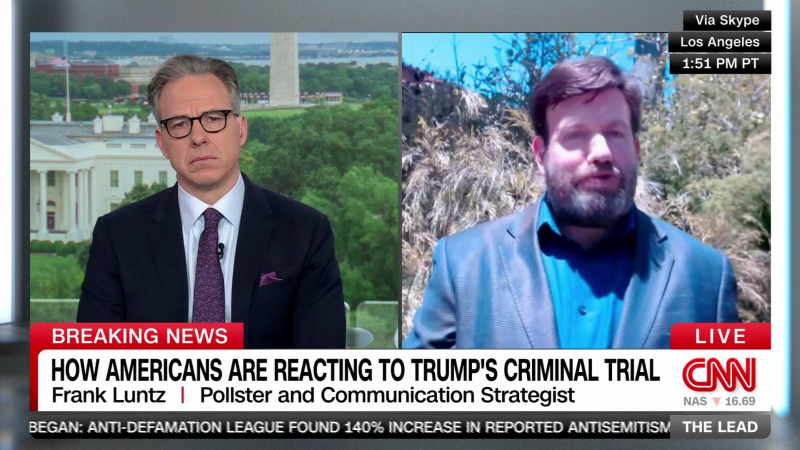

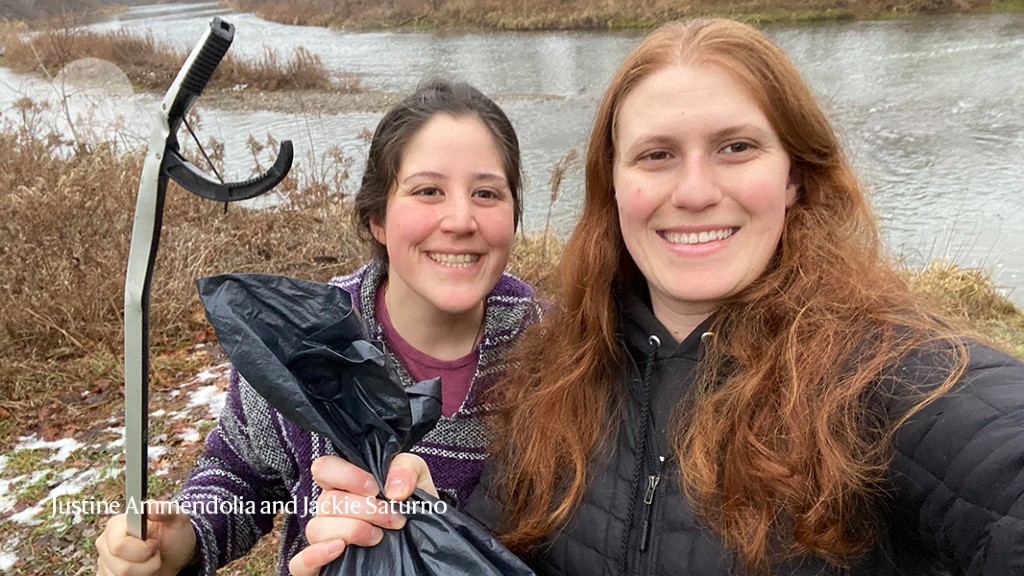
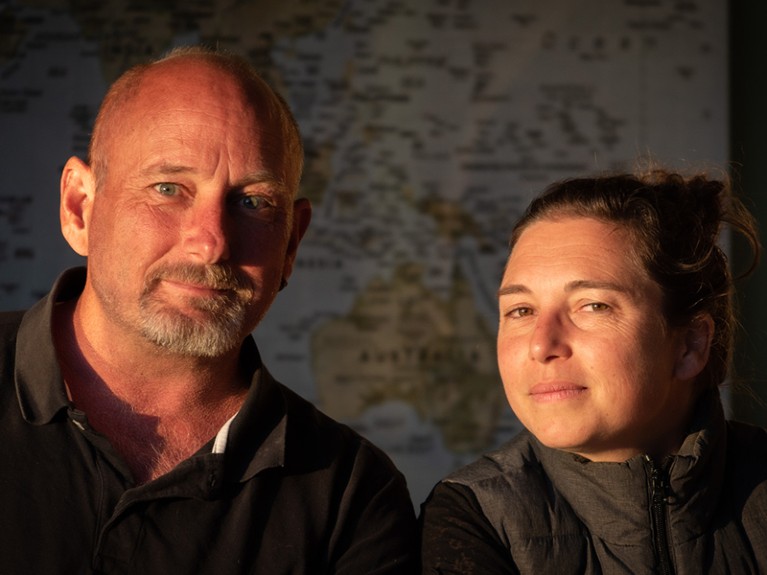
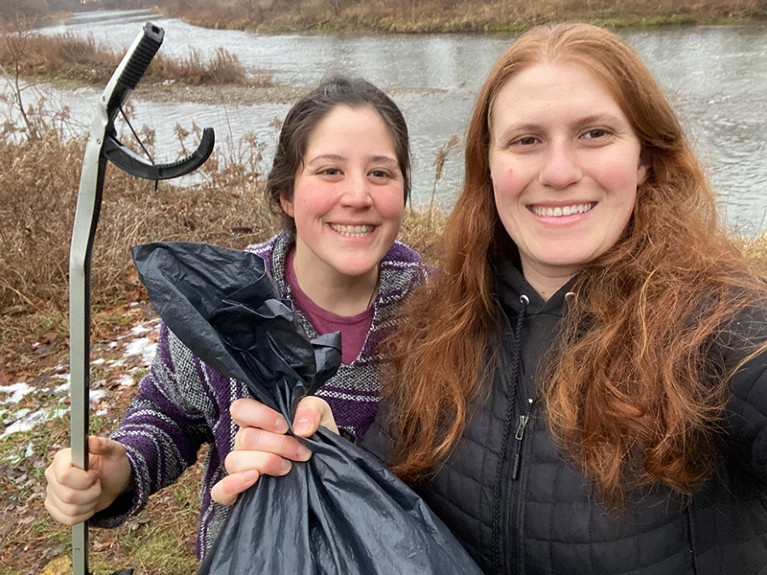
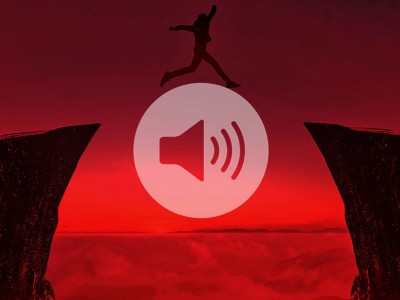
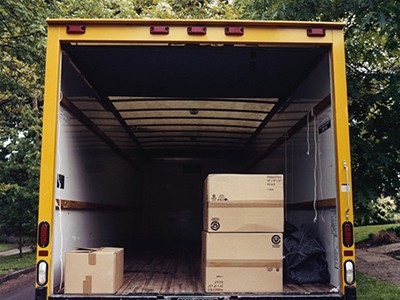
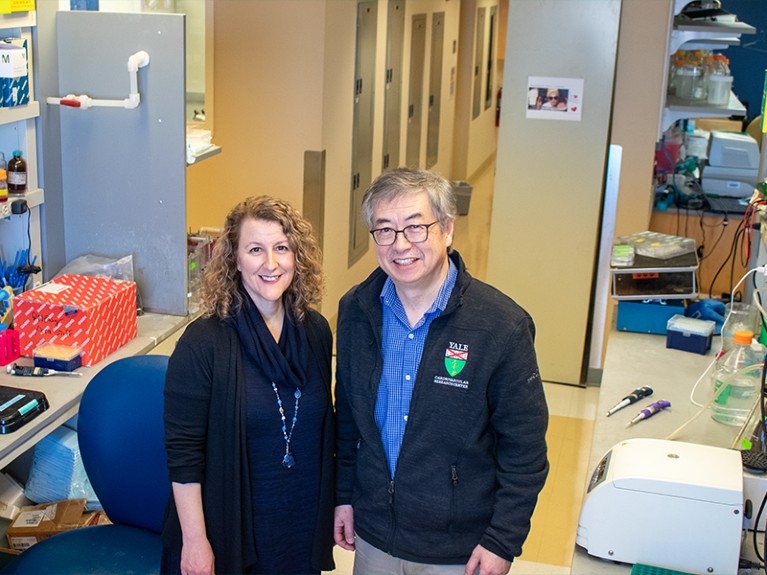
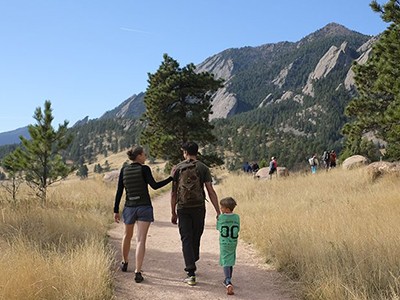
More News
Daily briefing: Why exercise is good for us
Daily briefing: Orangutan is first wild animal seen using medicinal plant
Old electric-vehicle batteries can find new purpose — on the grid